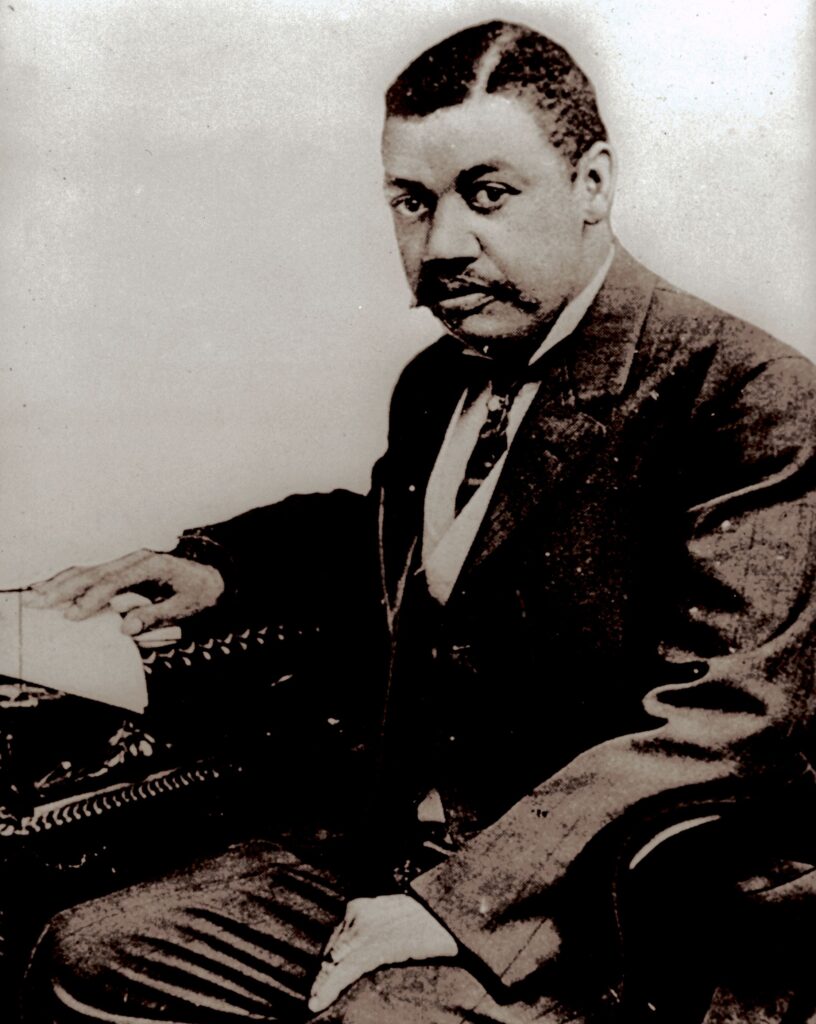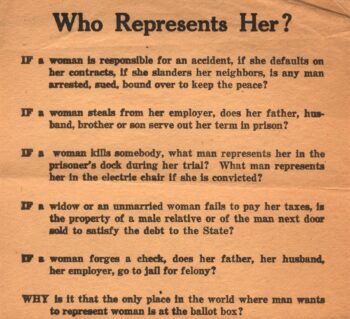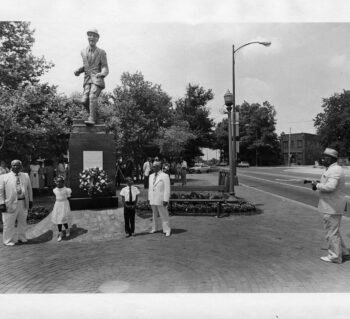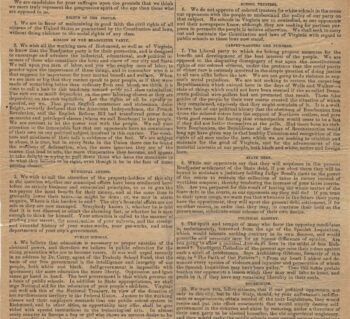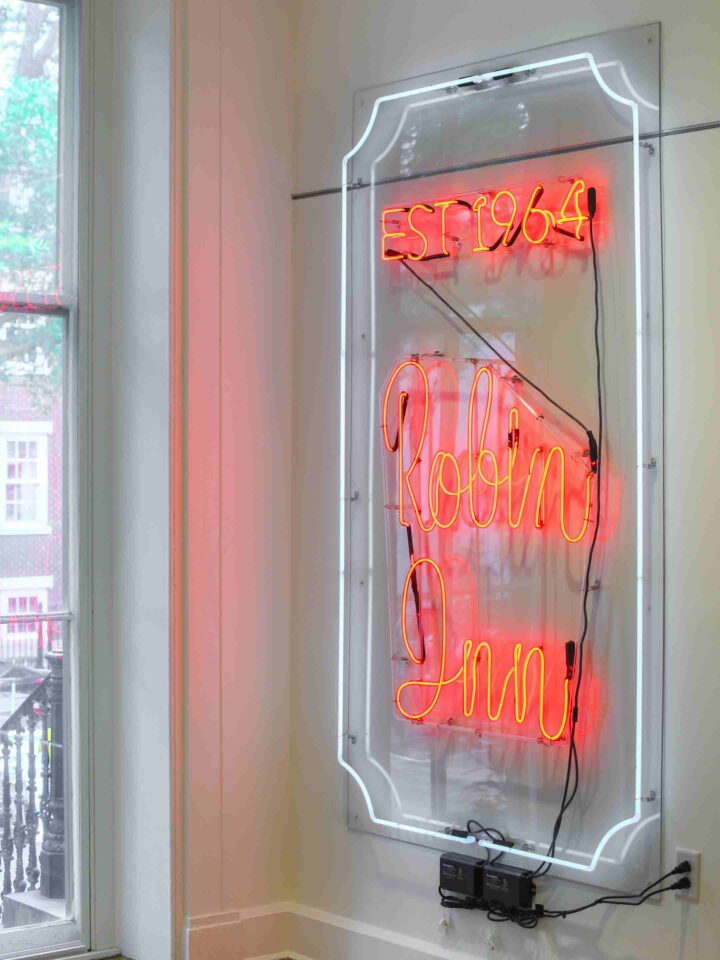
Voting Richmond: The Lily White and the Lily Black Ticket
The 1920s was a moment in our city’s history where issues of voting, race and power converged in surprising and transformational ways.
By Valentine Museum Staff
In the early-20th century, Virginia’s Republican party was not faring well in state elections. Not only did the progressive party of Lincoln have a hard time courting the votes of resentful Confederates, but they had also lost a key demographic. In the rewritten 1902 state constitution, the conservative Democrats had willfully disenfranchised a large percentage of black male voters. By 1920, with white women enfranchised and so many Blacks unable to vote, the Republicans gained little in courting the Black vote or campaigning on racial progress as they had in the past. For these reasons, the Democratic Party had routinely and successfully attacked the Republicans as “the party of the Negro.” Virginia voters responded to racial fear and racial hypocrisy, both cultivated in offensive, racist political cartoons like the one shown below:
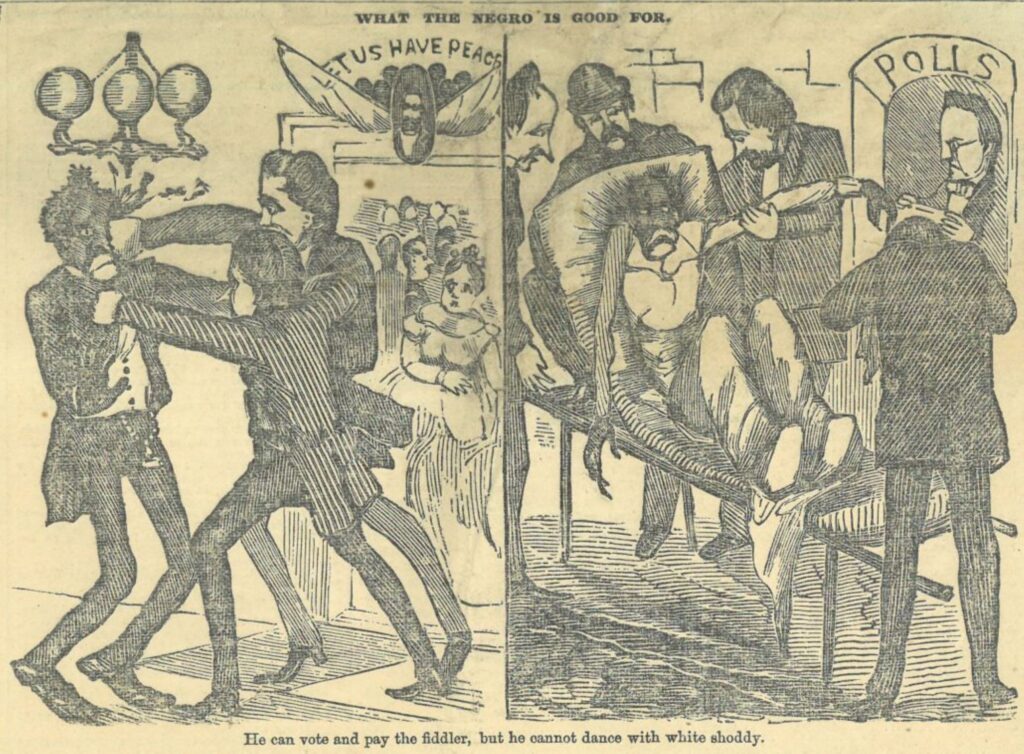
In 1920, state Republican leaders decided that in order to win, they needed to establish a “lily white” image. At their state conventions in 1920 and 1921, the Lily White Republicans barred black voters from attendance. Black delegates were not seated in 1921. Racial justice did not make it onto the platform. In response, 600 Black delegates met in Richmond on September 5, 1921, and nominated their own Republican candidates for state office—all Black.
What came to be called the Lily Black Republican Ticket included two Richmonders. John Mitchell, Jr. headed the ticket as the candidate for governor. Maggie Walker—just a year after gaining the right to vote herself—ran for state superintendent of public instruction. Though they knew they had no chance of winning, the 1921 Lily Black Republicans insisted that they represented the true Republican Party. Mitchell did his best to court Republicans of both races, unlike the official Lily White Republicans. Nevertheless, all of the Lily Black candidates lost. In fact, none of the Lily White Republicans won, either. The Democrats swept the election that year.
Over the course of the next decade, for these and other racist tactics, the few Black voters who were not prevented from voting or disillusioned with their choices began to largely abandon the party of Lincoln.
Need to cite this?
| Authors | Valentine Museum Staff |
|---|---|
| Work Title | Voting Richmond: The Lily White and the Lily Black Ticket |
| Website | https://thevalentine.org |
| Published | October 1, 2020 |
| Updated | May 28, 2024 |
| Copyright | © 2024 The Valentine Museum |
